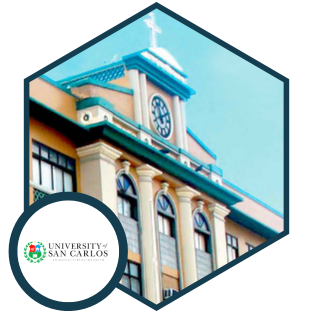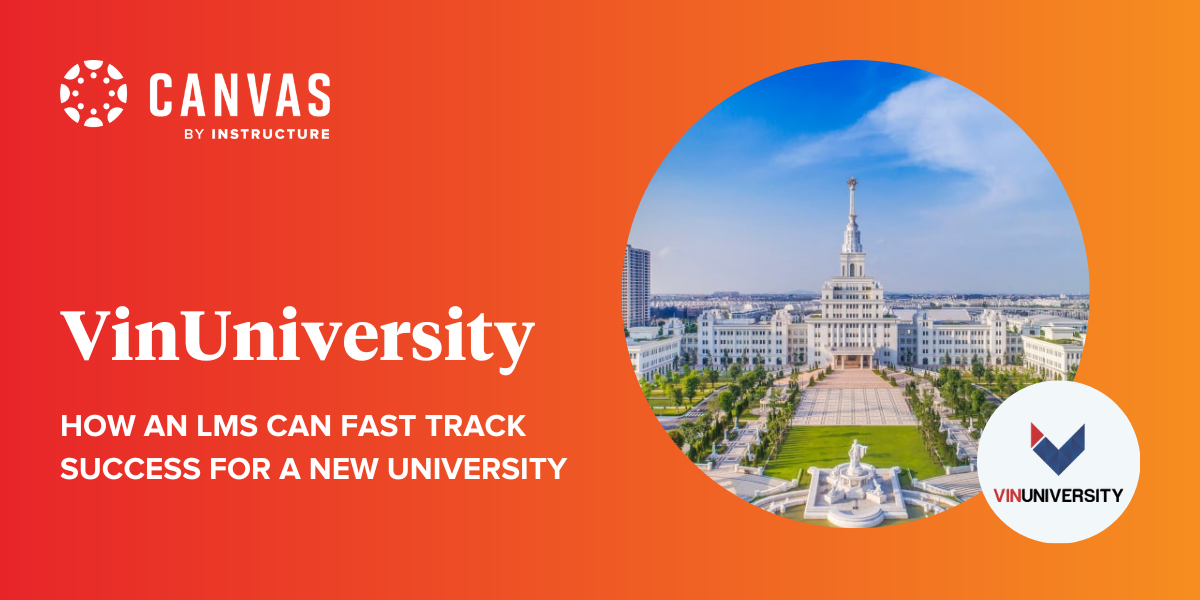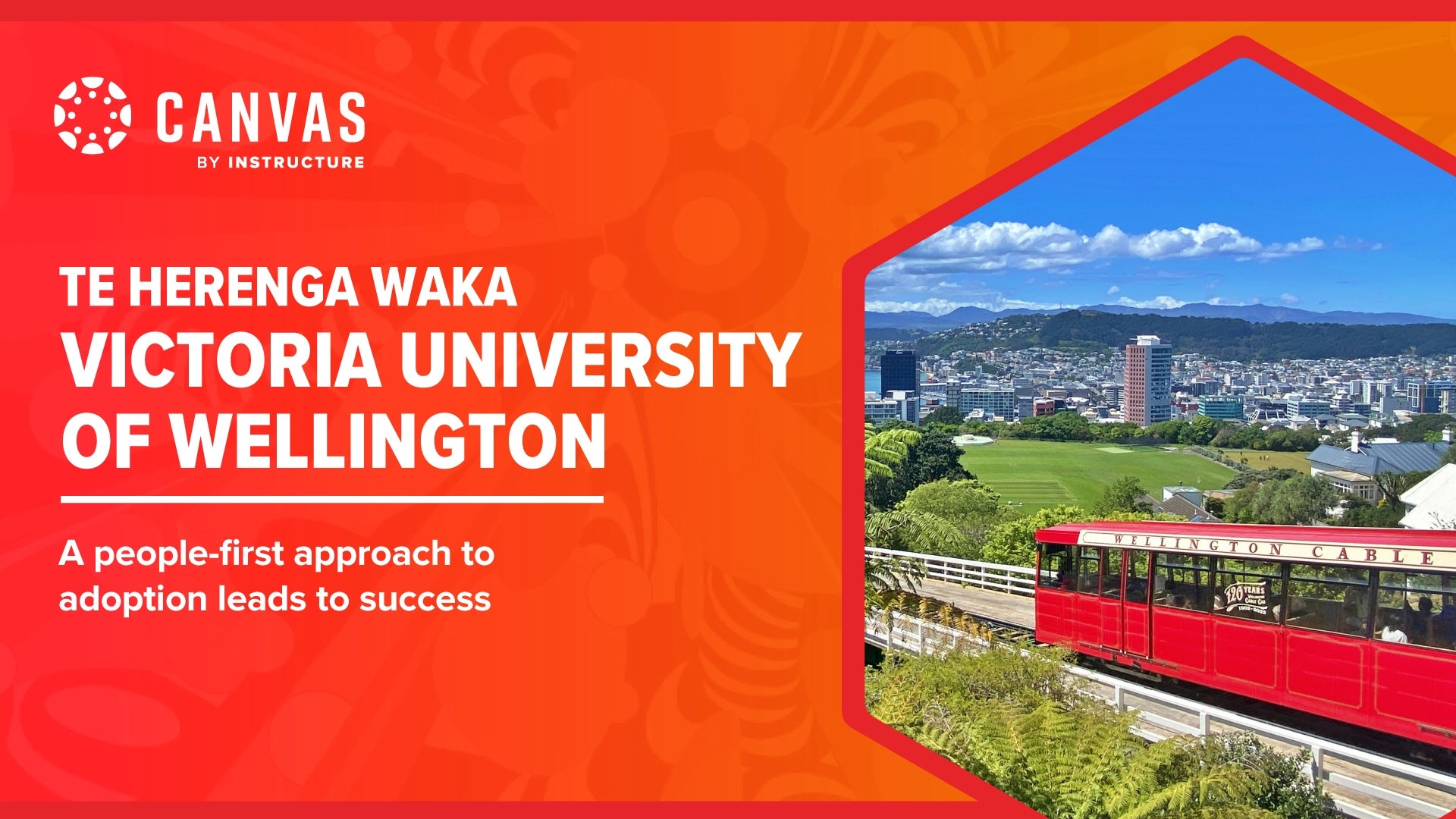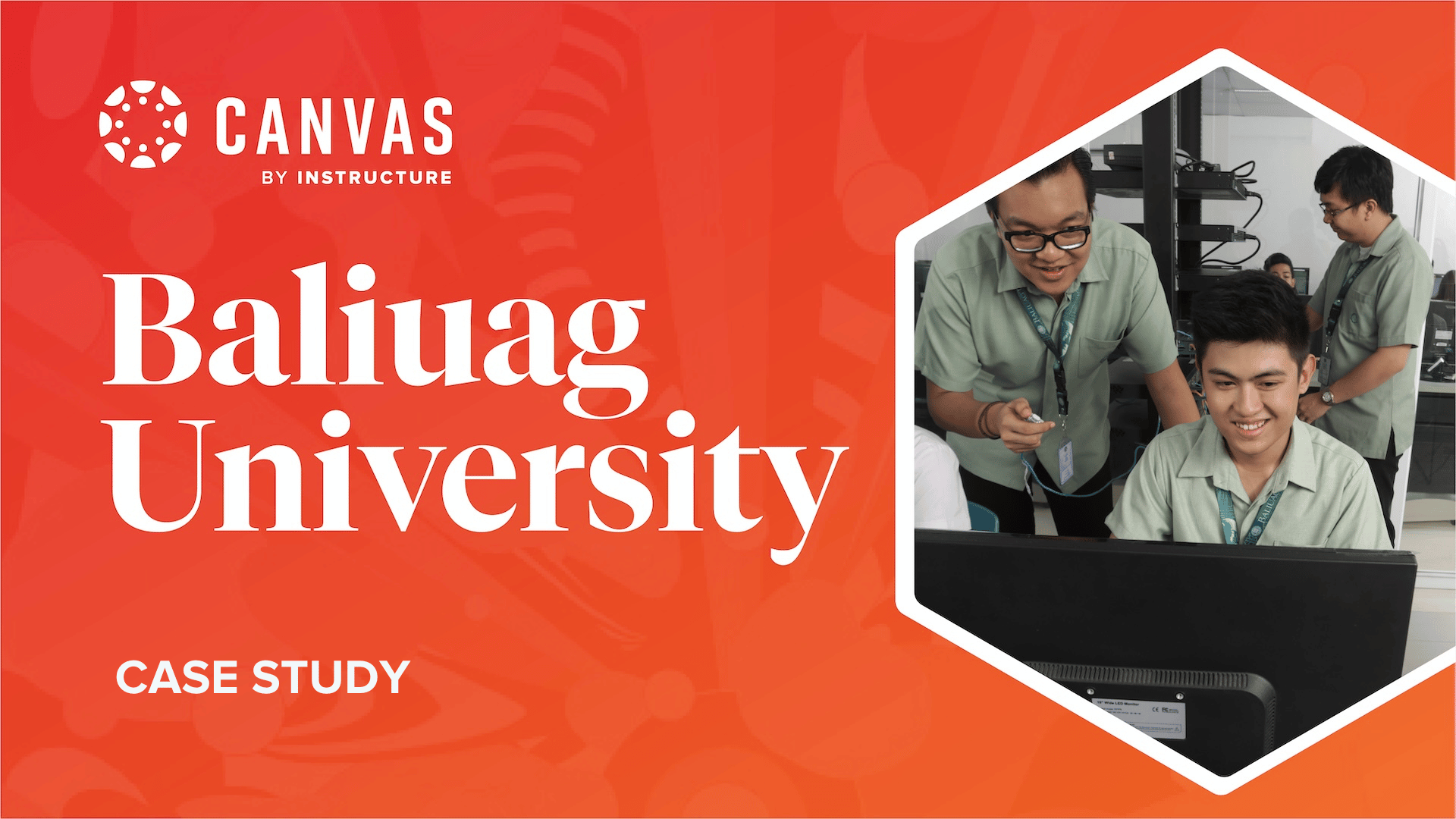
The University of San Carlos (USC) in Cebu, Philippines, founded in 1948, has seen many changes in educational trends over the years. Today, the university is home to more than 15,000 students in undergraduate and graduate programs. The school’s LMS journey began, like many others, in 2020.
The quest for the right LMS
As the global pandemic reshaped the educational landscape, the university found itself at a crossroads. Dr. Rosana Ferolin, Dean of the School of Engineering and the driving force behind USC's digital learning initiative, reflected on that critical time.
"We were no strangers to learning management systems," Dr. Ferolin explained. "Many of our faculty members across different schools were already using them. The problem was, they were all different systems."
This patchwork of digital tools, while well-intentioned, was creating more confusion than clarity; it was time for a change. The school assembled a team with the mission of considering and choosing a single, unifying learning management system that would carry USC into the future. "We evaluated around six different LMS options," Dr. Ferolin said. "But Canvas stood out from the crowd."
What made Canvas LMS the right choice for USC?
- Integration with third-party apps
- Automatic syncing with the university's student management system
- The ability to share content across multiple course sections
Most importantly, Canvas provided a way for USC to connect its traditional practices with modern digital tools. This flexibility allowed the university to improve its teaching methods while adapting to current educational needs.
Embracing change in challenging times
For USC, the pandemic was an unexpected catalyst for change that led to their LMS adoption. Even those faculty members who were skeptical of using an LMS were forced to use one when in-person learning was canceled. But getting everyone to adopt the same LMS, at the same time, was a different matter.
There was apprehension since not all faculty members, especially those who'd been with us for many years, were tech-savvy. Creating digital course materials was a big adjustment for some.
But when Canvas was rolled out, the administration worked hard to overcome those challenges. Faculty champions emerged, workshops were organised, and training sessions became the order of the day. The result was an LMS adoption that swept through the campus with surprising speed.
"Before we knew it, faculty members were proactively asking our IT team to update course assignments in Canvas,” said Dr. Ferolin. “It became an integral part of their daily routine."
A new chapter in learning
As Canvas took hold at USC, its impact was felt in every aspect of university life. Students who had been quiet in physical classrooms found their voices on discussion boards, actively participating and engaging with their peers. Grading, once a time-consuming process, became streamlined and efficient for educators, giving them more time to focus on teaching.
The automatic grading capability has improved teachers’ feedback for students. The university used to have a policy that faculty couldn't give an exam until the last one had been returned. Now, turnaround times have improved.
This allows faculty to administer exams more frequently and enhance student feedback mechanisms.
Prior to Canvas, faculty were limited by the policy, but now they can conduct multiple assessments in a semester, resulting in a more dynamic.
One of the most profound changes has been in USC's approach to education. While many classes have returned to face-to-face instruction, Canvas continues playing a crucial role.
"We've made it a point to require all asynchronous activities be done in Canvas," Dr. Ferolin said.
This approach blends face-to-face instruction with the flexibility of digital learning, so students can learn on their own time, in their own way.
Integrating systems, empowering education
For USC, one of Canvas’s biggest strengths is its ability to integrate seamlessly with other platforms. Through an API, the university's in-house information system now works hand-in-hand with Canvas, automating everything from enrollment to faculty assignments.
"It saves us time, because I can’t imagine uploading 15,000 students or having to change enrolments manually," Dr. Ferolin said. "Instead, Canvas does it all for us."
The integration extends beyond that, incorporating Google Workspace, a lockdown browser for exam integrity, and other tools within the Canvas ecosystem at USC.
Looking at what's ahead
With the successful implementation of Canvas, USC is poised to explore new educational horizons. The university is expanding into Canvas Catalog, enabling learners to enroll in short and modular courses that allow students to learn at their own pace and convenience.
As other universities in the Philippines embark on their own digital transformation journeys, Dr. Ferolin had insightful advice to share: "Ensure your LMS integrates seamlessly with your organization’s needs, and maximize those integrations. Fully leverage automation features to streamline workflows; Canvas is designed to simplify course management—make the most of it."
USC's ongoing digital transformation not only enhances the educational experience for its students and faculty but also sets a benchmark for other institutions in the region.
By integrating flexible, self-paced learning through Canvas Catalog and adopting emerging technologies, USC demonstrates a commitment to a future where innovation enriches tradition. Dr. Ferolin’s guidance on maximizing LMS capabilities serves as a strategic roadmap for educational institutions navigating the complexities of digital education.
Canvas has made our lives easier. For faculty, it’s now our go-to platform. We prepare our lecture materials once, and the next semester, they’re ready to go in Canvas. That’s amazing.
Read the full case study



